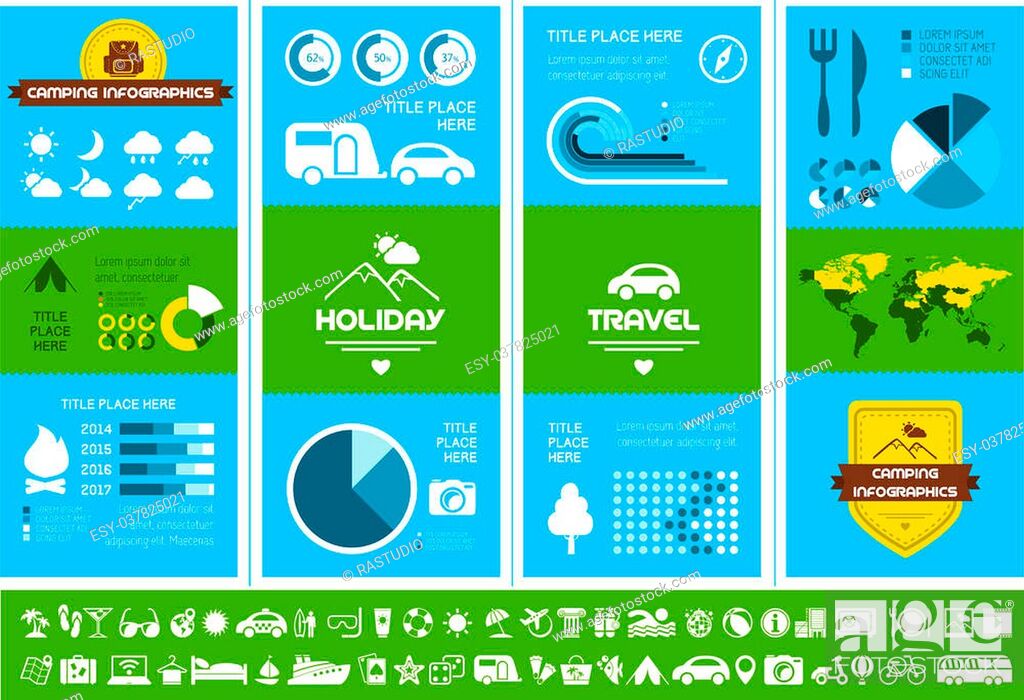A Crash Course In Selling Camping Tents Through The Internet
A Crash Course In Selling Camping Tents Through The Internet
Blog Article
Does Your Backpacking Camping Tent Required an Impact?
An impact is pricey and includes added weight to your backpack. It additionally isn't particularly durable.
How cold is too cold to sleep in a tent?
Ultimately, whether or not a tent footprint is required depends upon where and exactly how typically you're camping. Generally, it's a great idea to utilize one if you camp on rough surface areas or in damp problems.
Camping Tents with Lower Deniers and Waterproof Rankings
Outdoors tents with reduced deniers and water-proof rankings often tend to be lighter, yet they can likewise be much more delicate. They may require even more constant fixings and have much less indoor area than tougher models. If you're a casual backpacker who suches as to take a trip quick and light, this may be fine; however, more seasoned walkers recognize that compromising toughness can include big consequences down the trail.
The denier and water-proof ranking of an outdoor tents's cover, rainfly, and floor can help you determine its livability. Look for higher-denier textiles on the cover and rainfly, in addition to taped seams that help prevent water from permeating with stitches. Some makers even use warmth and sealer throughout building to create a more powerful joint; these are called bonded seams.
The livability of a tent can additionally be figured out by its floor dimensions and capacity. An outdoor tents's flooring ought to be slightly smaller sized than the footprint to prevent water from merging under the shelter.
Tents in Rough Surface
Lots of backpacking camping tents include an impact created particularly for their model, which aids make sure a proper fit and protects the outdoor tents's base from wetness and sharp objects. Various other makers offer universal impacts that can be cut or folded to match an outdoor tents's measurements.
The type of surface you'll come across is another vital consideration for choosing an outdoor tents. For instance, if you'll be camping in a canyon or gully, look for a sanctuary that can deal with solid winds. These problems create disturbance that can make the difference in between appreciating your campsite or experiencing discomfort.
The ability and peak elevation of a camping tent give you a great idea of its livability, yet extra factors to take into consideration include vestibules (the area of the rainfly covering the doors) and general storage room. For instance, during our wintertime testing of the Marmot Tungsten, its charitable 93-by-82-inch floor conveniently dealt with 4 sweaty backpackers and their puffier shoulder period sleeping bags while still leaving ample space for gear and individuals.
Tents in Damp Conditions
Even if your outdoor tents appears completely dry, moisture hides in the nooks and crannies. Gradually, it can degrade the material. That's why it's so important to capitalize on rest days to deep-clean your outdoor tents and its components, such as zipper cellular linings, stake loopholes and camping tents adjustable webbing bands.
Also, make certain to pitch your tent in a flat location, not a divot or concave area, to make sure that ground water doesn't accumulate between the camping tent floor and impact or tarpaulin. And if you're utilizing an impact, consider a custom-cut one made for your tent's floor plan. It will not collect rainwater the method a generic ground cloth or tarp can.
Technique setting up and removing your tent in your home prior to you hit the trail, to get a feel for just how quickly and effectively you can do it. Additionally, practice scouting your outdoor tents in different surfaces to see just how simple it is (or isn't) to do in bad climate condition.
Tents in High-Rise Situations
Camping tents vary in floor size and livability. For instance, a huge tent with double doors and vestibules like Marmot's Tungsten can manage 4 backpackers without requiring acrobatics to enter and out or to store gear.
The minimal route weight specification is the very best specification to compare designs, as it consists of the bare essentials: tent body, rainfly and posts. Yet keep in mind that the spec excludes camping tent risks, guy lines and stuff sacks.
A lot of backpacking outdoors tents can stand up to a light summer storm, but some can be swept away by gale-force gusts. Search for a model with solid posts, an increased bathtub-style flooring and joint taping to reduce the chance of water leaking via. Pricier styles additionally tend to feature stronger products that can stand up to the impact of debris and various other pressures.
What is real camping?
